1930s
Mystery Gadget 7
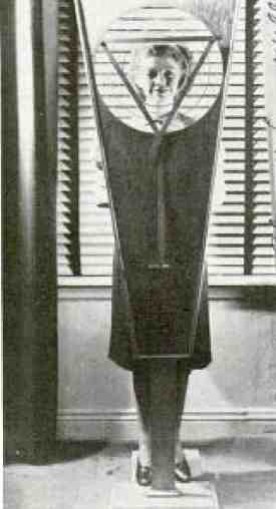
Is this woman being photographed? X-rayed? Framed as a target?
Answer here. Scroll up.
Posted By: Paul - Sat Feb 25, 2012 -
Comments (5)
Category: Technology, 1930s
Innovations in Haystack Slicing
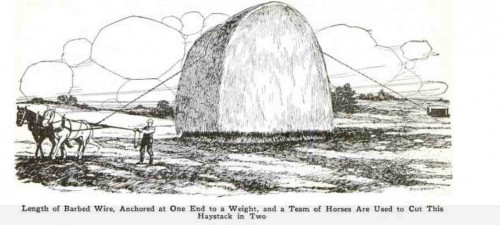
[Click image to enlarge]
I readily confess to being a total city boy. But I still have to ask: would it not have been simpler to make smaller haystacks in the first place?
Or is this just something country folks do for fun?
Original article here.
Posted By: Paul - Thu Feb 16, 2012 -
Comments (7)
Category: Agriculture, Chindogu, 1930s
Mystery Gadget 6
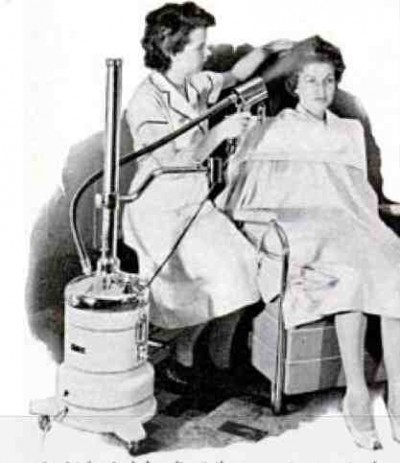
What's the purpose of this sprayer? It's not the obvious!
Answer here.
Posted By: Paul - Mon Feb 13, 2012 -
Comments (4)
Category: Technology, 1930s
The Mascot
I will never again say that Toy Story was utterly original.
More on the animator.
Posted By: Paul - Wed Feb 08, 2012 -
Comments (4)
Category: Animals, Toys, Stop-motion Animation, 1930s
Smelly Hands
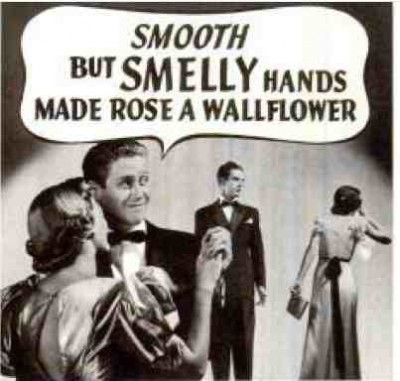
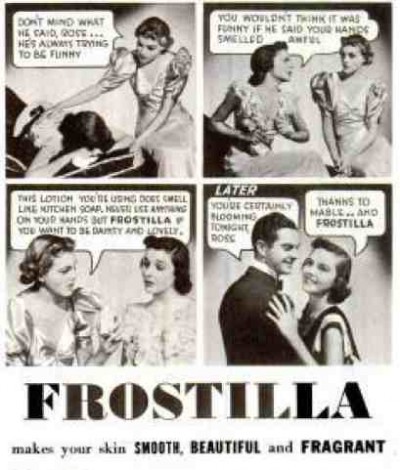
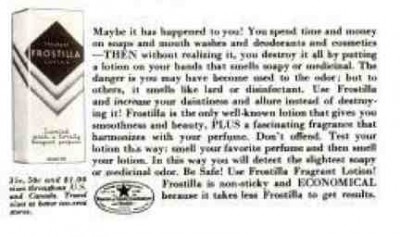
Is this a common problem among ladies?
Original ad here.
Posted By: Paul - Thu Feb 02, 2012 -
Comments (4)
Category: Body, Skin and Skin Conditions, Business, Advertising, Products, Public Humiliation, Unsolved Mysteries, 1930s
Long Lance
I'm trespassing on Alex's territory here, with an hour-length documentary on what was once a famous hoax.
Here's the story in a nutshell.
Posted By: Paul - Sat Jan 21, 2012 -
Comments (1)
Category: Eccentrics, Hoaxes and Imposters and Imitators, 1900s, 1910s, 1920s, 1930s, North America, Nineteenth Century, Native Americans
Cross-eyed Beau
When talking about music from before the modern era, famed critic Greil Marcus used the phrase "old, weird America." I think this tune qualifies.
More info on the singers here.
Posted By: Paul - Tue Jan 17, 2012 -
Comments (5)
Category: Disabilities, Music, Regionalism, 1930s
Johnson Smith Catalog Item #16

I want to see some joker wearing all of these at once!
From the 1930s catalog.
Posted By: Paul - Tue Dec 20, 2011 -
Comments (2)
Category: Body Modifications, Disguises, Impersonations, Mimics and Forgeries, Johnson Smith Catalog, 1930s, Pranks
Church of Aphrodite
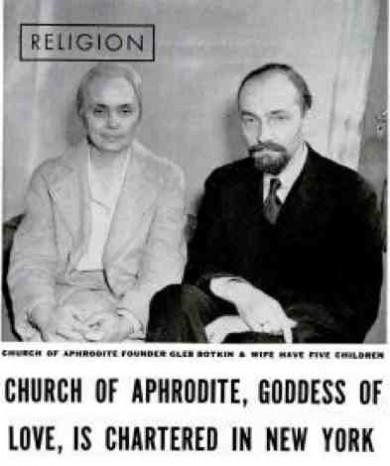
How far back do the roots of New Age wackiness go? Probably all the way to the 1800s, when spiritualism first broke.
But surely one of the 20th century landmarks is the establishment of the Church of Aphrodite in 1939.
Original news here.
Wikipedia info here.
Posted By: Paul - Mon Dec 19, 2011 -
Comments (4)
Category: Eccentrics, New Age, Religion, 1930s
The Extraordinary Catalog of Peculiar Inventions
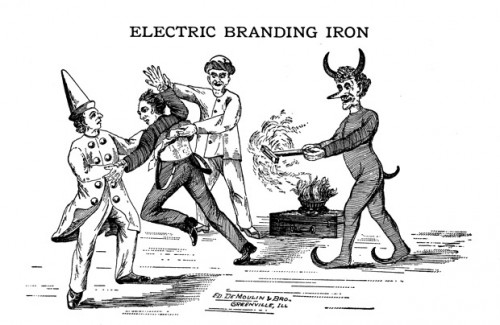
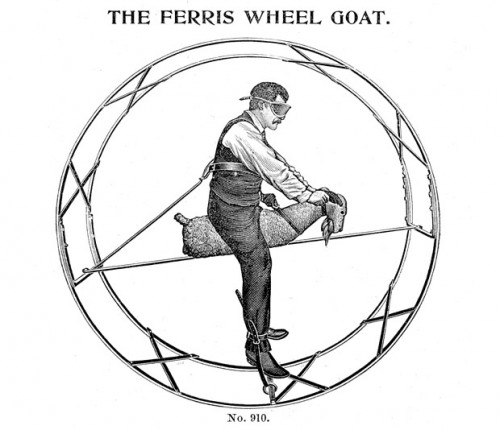
I've just finished reading the fine book about weird fraternal lodge devices from a century ago. It would make a fine gift for any WU-vie.
Posted By: Paul - Sat Dec 10, 2011 -
Comments (5)
Category: Clubs, Fraternities and Other Self-selecting Organizations, Inventions, Books, 1900s, 1910s, 1920s, 1930s, Pranks, Nineteenth Century

| Who We Are |
|---|
| Alex Boese Alex is the creator and curator of the Museum of Hoaxes. He's also the author of various weird, non-fiction, science-themed books such as Elephants on Acid and Psychedelic Apes. Paul Di Filippo Paul has been paid to put weird ideas into fictional form for over thirty years, in his career as a noted science fiction writer. He has recently begun blogging on many curious topics with three fellow writers at The Inferior 4+1. Contact Us |




